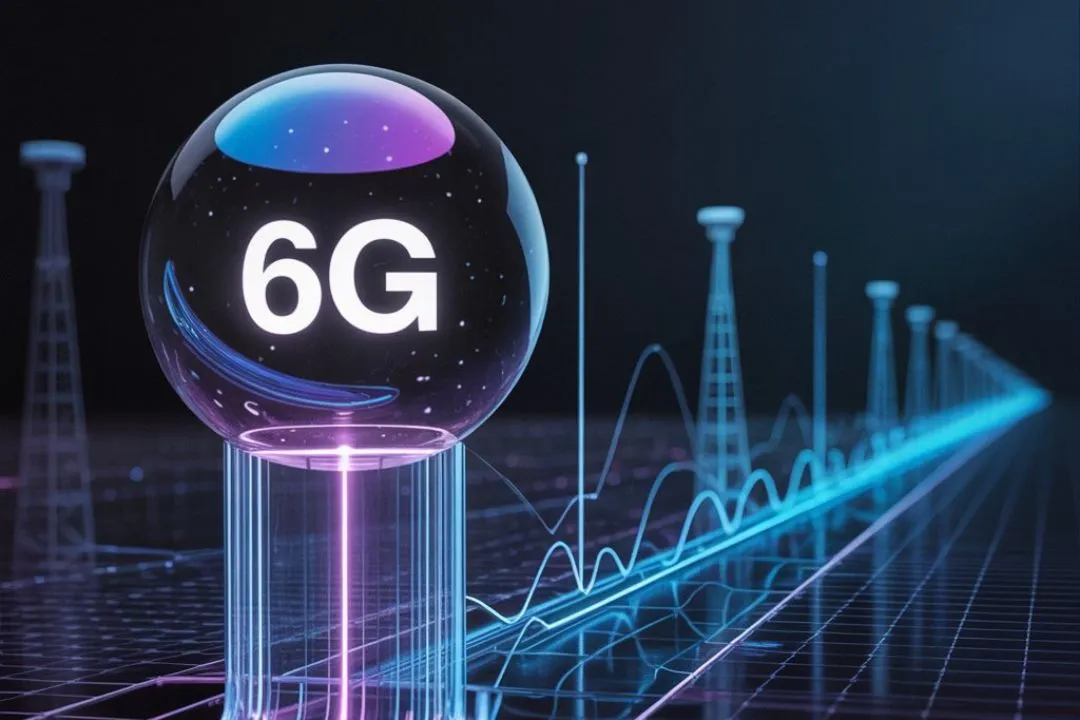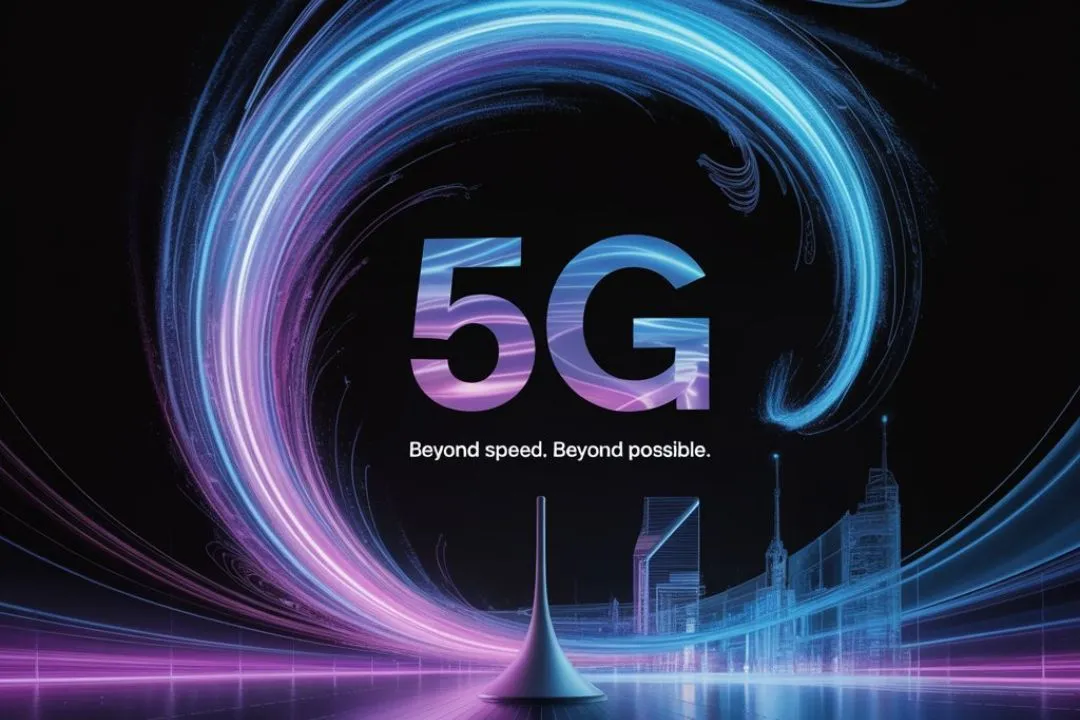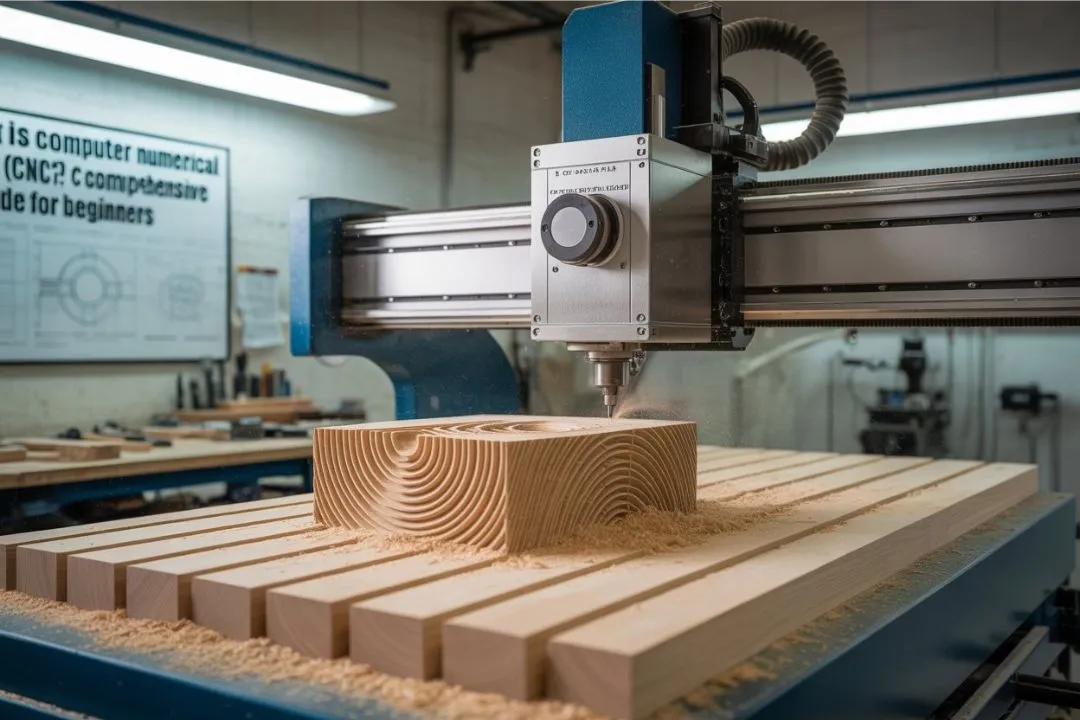As our world becomes increasingly interconnected, the transition from 5G to 6G marks a pivotal chapter in the mobile network evolution. With 5G technology still rolling out globally, discussions around 6G technology are already gaining traction. But how fast is this future getting? What will the sixth generation wireless look like, and how much faster is it compared to the fifth generation wireless?
This article explores the key differences between 5G vs 6G, the expected 6G speed, transformative applications, and the future of mobile networks.
📡 The Leap from 5G to 6G
5G brought revolutionary changes in network coverage, mobile broadband, and low latency networks. With 5G speed reaching up to 10 Gbps and 5G latency as low as 1 millisecond, it’s already powering innovations like smart cities, AR, VR, and autonomous vehicles.
However, 6G is being developed to meet demands that 5G might not fully satisfy in the long term. It’s not just an upgrade—it’s a paradigm shift toward ultra-fast networks, energy-efficient networks, and fully intelligent AI-powered networks.
🚀 How Fast Is 6G?
One of the most asked questions is: How fast is 6G? Industry forecasts suggest that 6G speed could reach up to 1 Terabit per second (Tbps)—about 100 times faster than 5G. That’s not just “faster than 5G”; it’s a level of wireless speed comparison that changes everything—from 8K streaming to real-time communication.
But speed isn’t the only metric. 6G latency could drop to microsecond levels, enabling applications like remote surgery, quantum communication, and industrial IoT.
🌐 Infrastructure & Connectivity Upgrades
Transitioning to 6G demands a radical redesign of current 5G infrastructure. The future network will leverage:
- 6G infrastructure
- mmWave technology and terahertz communication
- Greater spectrum efficiency
- New wireless spectrum allocations
- Integration of edge computing
- Advanced network slicing and massive MIMO
All of this will contribute to broader connectivity upgrades, smart connectivity, and robust network bandwidth to support next-gen digital experiences.
📱 Devices That Will Power the 6G Era
With the rise of 6G-enabled smartphones, connected devices, and future mobile tech, the user experience will be seamless and immersive. From IoT with 6G to the metaverse, devices will interact through AI and 6G backbones, delivering context-aware, intelligent services.
You’ll see the emergence of:
- Ultra-responsive 6G devices
- Wearables that enable immersive experiences
- VR and 6G powered virtual worlds
- Drone communication at real-time speeds
- Interconnected vehicles via autonomous vehicles 6G
🔍 What Is 6G and Why Is It Important?
If you’re wondering what is 6G, think of it as the convergence of advanced communication technology, AI, and cloud computing. It aims to create a fully digitized, automated environment. But beyond tech, 6G explained in human terms means real-time decision-making, borderless connectivity, and limitless data sharing.
Why is 6G important? Because it supports a new digital society. 6G possibilities include:
- Satellite internet 6G for global coverage
- Distributed networks for edge processing
- Integration of quantum communication for next-level security
🏭 Industry Innovation and Global Research
The telecom innovation engine is already running. Key players and nations are investing in 6G research, setting up 6G labs, and initiating 6G development projects.
- The 6G in USA agenda focuses on public-private partnerships
- China 6G launch plans aim to lead the race by 2030
- Europe 6G research is driven by the Hexa-X program
- Global 6G adoption will rely on standardization and cooperation
These efforts are aligned with the 5G to 6G timeline, marking a clear network transformation in the next decade.
🌎 Use Cases: Beyond Speed
The future isn’t just about faster than 5G speeds. It’s about wireless innovation that changes industries:
- Remote surgery 6G for life-saving medical applications
- 8K streaming with 6G without buffering
- Smart cities 6G enabling efficient public services
- Industrial IoT 6G for fully automated factories
- Ultra-HD wireless media for entertainment
- Real-time AR and 6G applications for education and retail
📈 What Comes After 5G? Future Forecast

So, what comes after 5G? The answer is a mobile future defined by emerging wireless trends, global connectivity, and intelligent automation. The 6G roadmap predicts a commercial launch between 2030–2035, but early trials and prototyping are already underway.
Tech analysts are discussing:
- 6G predictions for fully immersive XR
- The role of AI-powered networks
- Wireless future forecast for telecom companies
- Resolving 5G limitations with 6G architecture
🧠 AI, Quantum, and the Smart Future
What makes 6G revolutionary is the integration of AI and 6G, edge computing, and quantum communication. These will create:
- Smarter routing algorithms
- Context-aware apps
- Instant translation services
- Secure, energy-efficient networks
This is where the digital transformation with 6G truly begins—reshaping education, healthcare, transportation, and commerce.
Final Thoughts: How Fast Is the Future Getting?
The transition from 5G to 6G isn’t just a speed boost—it’s a gateway to a wireless future that’s intelligent, responsive, and deeply immersive. While 5G technology continues to evolve, 6G development is already shaping the next frontier.
As we edge closer to next generation networks, expect a world where latency is imperceptible, speeds are mind-blowing, and connections are everywhere. The future isn’t just getting faster—it’s getting smarter, more inclusive, and deeply connected.


